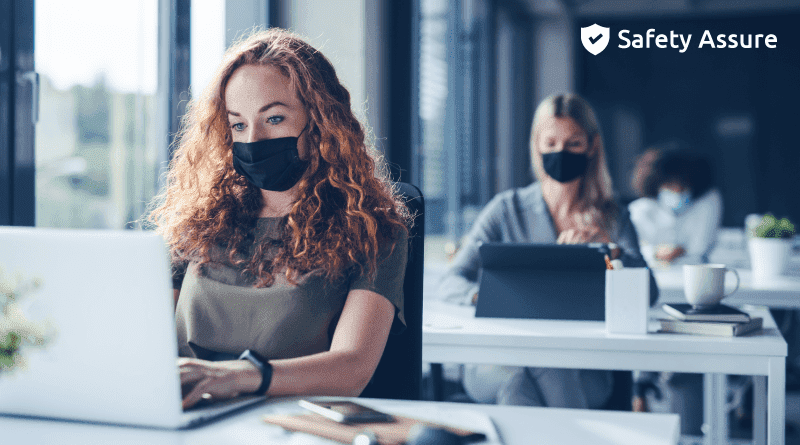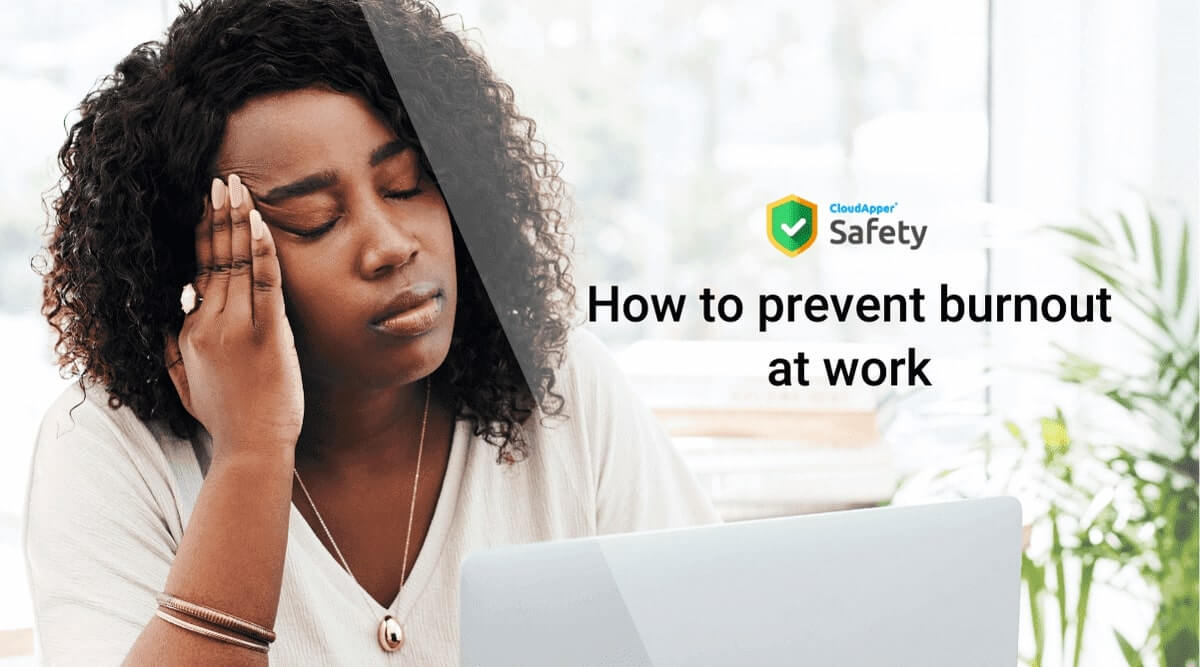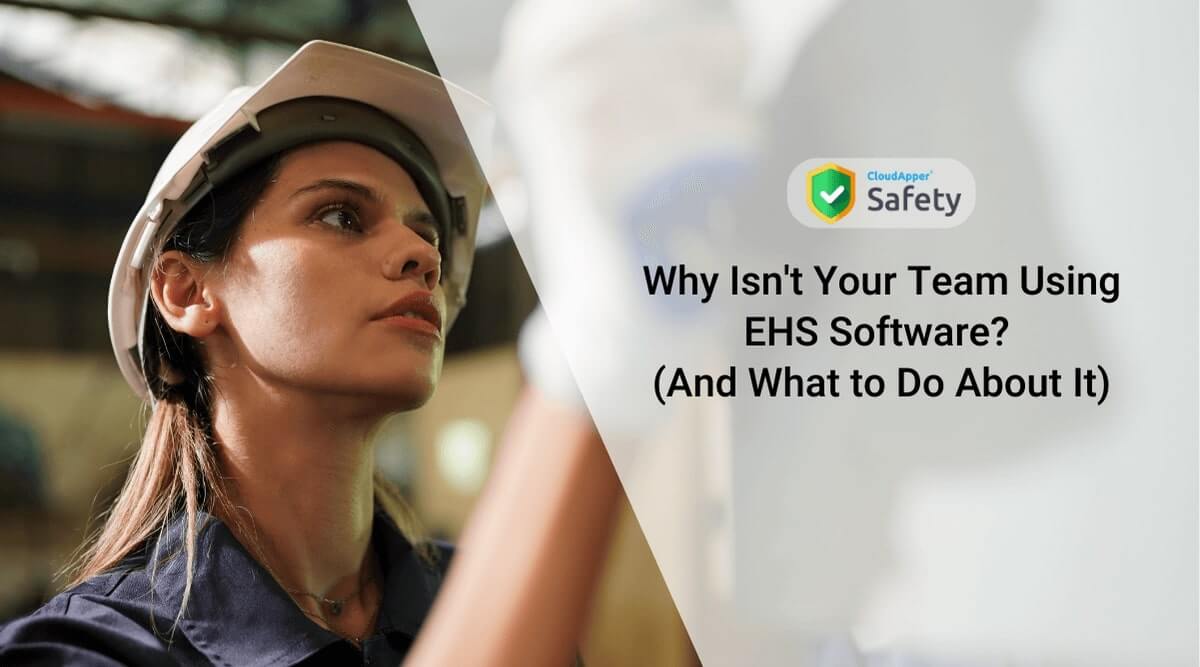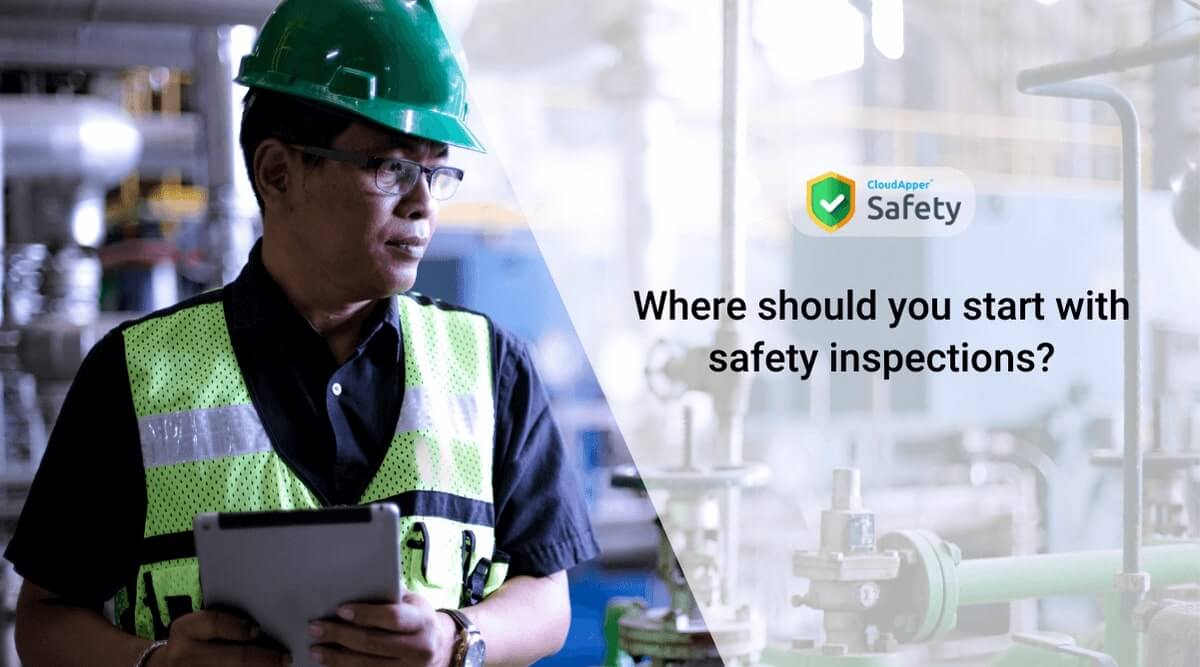The current situation with the coronavirus is different in each state of the U.S., but there are some common national trends among workplaces, workers, and safety managers to fight for their jobs and stay healthy. A recent article titled ‘what makes a workplace safe?’ from the Los Angeles Times tried to shed light on the situation, and the findings could help workplaces around the country.
California is suffering from very high numbers of coronavirus cases, and the White House’s coronavirus coordinator says that the state now resembles New York, the epicenter of the COVID-19 crisis earlier this year. The state is seeing “too much community spread,” said LA County officials, and it’s getting increasingly difficult to precisely determine where the clusters are located.
California’s current situation can be a model for all the other states and workplaces, especially since there are little to no federal guidelines on how to maintain safety in the workplace. Here are a few factors every workplace should keep in mind to understand what makes a workplace safe and healthy during this pandemic:
Certain groups are at more risk
This has already been proved that coronavirus is affecting certain groups more than others. For example, essential workers and those in institutions like nursing homes and prisons are much more at risk to be infected by the virus. On the other hand, those who are working from home are much less likely to be infected.
If you oversee organizations, groups, or workplaces with essential workers or caregiving personnel, you must be aware of the increased risk of infection they face. For example, an investigation in California found that the state has not been testing the inspectors that it sends into nursing homes to ensure they comply with infection controls. In response, Governor Gavin Newsom recently ensured that officials would implement an aggressive testing regimen for everyone.
Californians of color are much more likely to become infected or die from COVID-19 as well, and due to the recent epidemic, the inequities are worsening. Members of black and Latino communities are much more likely to work in essential and caregiving jobs, which intensifies the risk.
Workplace Safety Rules Must be in Place
When it comes to protecting your workers, it involves giving them legal rights to a safe and healthy workplace. While each state and county has its own set of compliance guidelines, and they should be strictly followed using an OSHA Record keeping application. Everyone (both employer or employee) should be aware of those laws that allow employees to cite and fine businesses that violate them.
If you are worried about contracting the virus at work, here are some steps to take for talking to your employer.
Be Aware of Labor Laws, and Fight for Better Ones
This pandemic has exposed a number of uncharted areas in our labor and employment laws regarding workplace health and safety, worker rights, employer rights/responsibilities, and the role of different governing bodies. In California in particular, state lawmakers are considering whether labor laws need to evolve. They have proposed expanding workers’ compensation eligibility so that more workers will be covered if they get COVID-19, increasing the number of sick days for food service workers, and requiring employers to chip in for utility and Internet bills for people working from home.
Virginia was the first U.S. state to set the OSHA standard for COVID-19 back in July 2020. The Occupational Safety and Health Administration (OSHA) of Virginia (VOSH) enforced a standard that mandates — and, in some cases, exceeds — guidance issued by the U.S. Centers for Disease Control and Prevention (CDC) and OSHA. The new standard covers not only the private employers of Virginia but also all state and local employees. The state of Colorado also just passed a progressive bill that gives Colorado workers more paid sick days and flexibility for child care, especially if schools close because of the pandemic or another health crisis.
Speaking of child care, employers need to understand that many of their workers have kids in school. With changing schooling systems and the possibility that many kids will not get access to in-person child care or school, employers should consider expanding benefits like on-site child care, paid days off, and other options for parents of children.
It’s time we realize that a safe and healthy workplace can only be achieved with two-way communication between employers and employees. Employers should not only communicate their goals and efforts to employees, but they should also ask for feedback from employees, and listen. The way we work is ever-changing, and the pandemic has helped identify weak areas of the workplace health and safety system. Now we need to fix them.
What is CloudApper AI Platform?
CloudApper AI is an advanced platform that enables organizations to integrate AI into their existing enterprise systems effortlessly, without the need for technical expertise, costly development, or upgrading the underlying infrastructure. By transforming legacy systems into AI-capable solutions, CloudApper allows companies to harness the power of Generative AI quickly and efficiently. This approach has been successfully implemented with leading systems like UKG, Workday, Oracle, Paradox, Amazon AWS Bedrock and can be applied across various industries, helping businesses enhance productivity, automate processes, and gain deeper insights without the usual complexities. With CloudApper AI, you can start experiencing the transformative benefits of AI today. Learn More


















